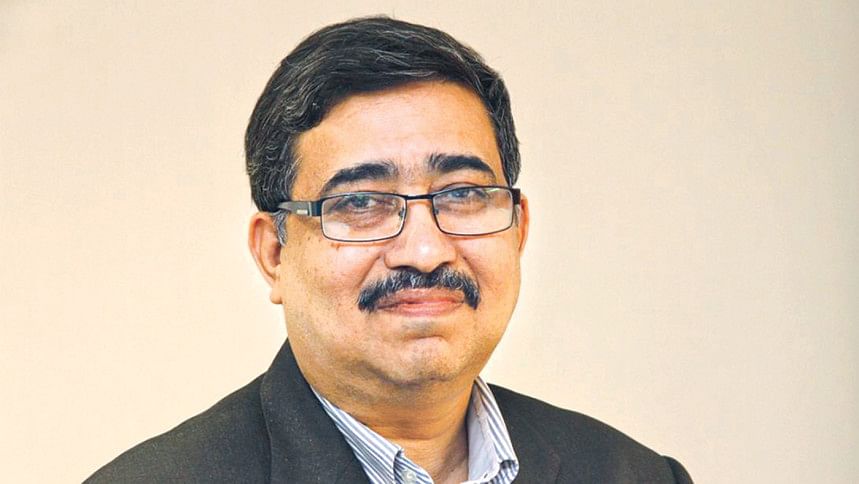Bangladesh’s bad loan saga

Non-performing loans (NPLs) in Bangladesh soared by Tk 1.34 lakh crore in the second half of 2024, reaching Tk 3.45 lakh crore by December.
Governor Ahsan Mansur mentioned that after the fall of the Awami League government in August, previously concealed defaulted loans began to come to light.
The current volume of defaulted loans accounts for 20.2% of the banking sector's total loans. There is every hunch that the exact figure may be much higher if we apply qualitative judgement here.
NPLs stood at Tk 2.11 lakh crore at the end of June 2024, accounting for 12.56% of total loans, when the Awami League was in power. According to Bangladesh Bank (BB) data, in December 2023, NPLs stood at Tk 1.45 lakh crore, accounting for 9% of the total bank loans at that time.
The surge in bad loans follows the end of Sheikh Hasina's 15-year-plus rule that allowed banks to conceal the real picture of bad loans through various "window dressing" efforts.
The central bank governor also said the rise in NPLs is largely due to the end of a long-standing lack of transparency in reporting bad loans and recent changes in loan classification policies.
So what is changing now? Previously, loans were classified as overdue after 270 days, but the timeframe has now been reduced to 180 days. Furthermore, starting from April 2025, loans will be classified as non-performing within just 90 days.
As of December 2024, at least 42% of total loans in state-owned banks were classified as non-performing, while 15% of total loans in private banks were non-performing, said the governor, warning that with this new strict policy, NPLs are expected to rise even further in the coming months.
Early February, the BB announced its monetary policy for the January-June period of the ongoing fiscal year. According to its monetary policy statement, NPLs in the banking sector are expected to exceed 30% by June this year, if not more.
Factors contributing to the rise in NPLs include systemic weaknesses, regulatory gaps, and exploitative practices such as money laundering and illicit capital flight, the statement stated.
In the last six months, both new loan disbursement and loan renewals have decreased in banks, while the amount of defaulted loans has increased. Additionally, many loans have defaulted due to the reduction in the overdue period for term loans.
Analysts also attribute the NPL increase to the reinstatement of international standards for defining NPLs. These stringent measures, which were suspended during the pandemic in 2020, have provided a more accurate, though sobering, assessment of banking health.
The increase in default loans is due to several factors. One key reason is that banks previously classified loans as regular for many influential customers whose loans were actually in default. Now, those loans are being classified as defaulted again.
Some loans have become defaulted because the central bank has aligned its loan classification process with international standards.
It is also true that many borrowers couldn't repay their loans due to student protests and internet outages in July and August last year. The SME sector has been severely affected, leading many customers to default. Additionally, many plants have struggled to operate properly due to insufficient gas and electricity supply. Prolonged unrest in RMG belts could be another reason. Besides, massive depreciation of taka against the greenback also impacted the importing clients very badly.
However, there is no denying that the true extent of defaulted loans must be revealed to gain proper visibility. Only then can appropriate reform measures be taken.
The writer is the chairman of Financial Excellence Limited

 For all latest news, follow The Daily Star's Google News channel.
For all latest news, follow The Daily Star's Google News channel. 



Comments